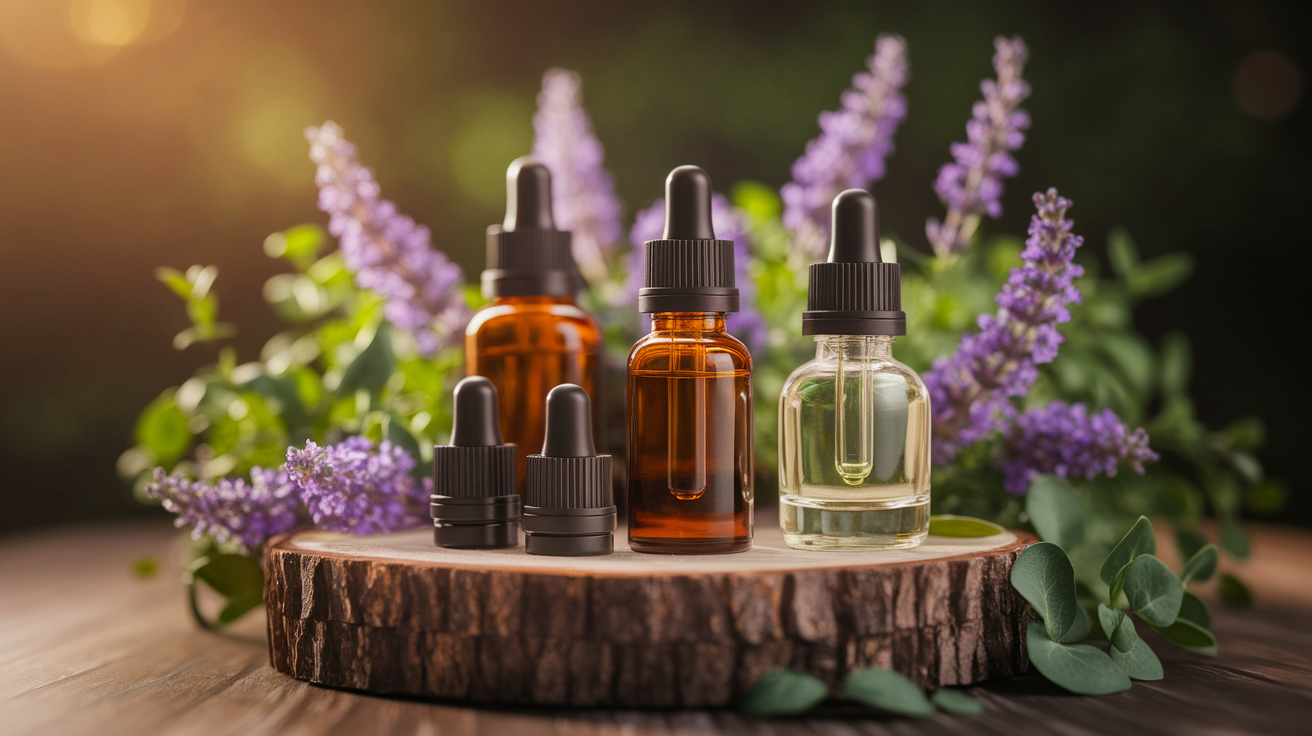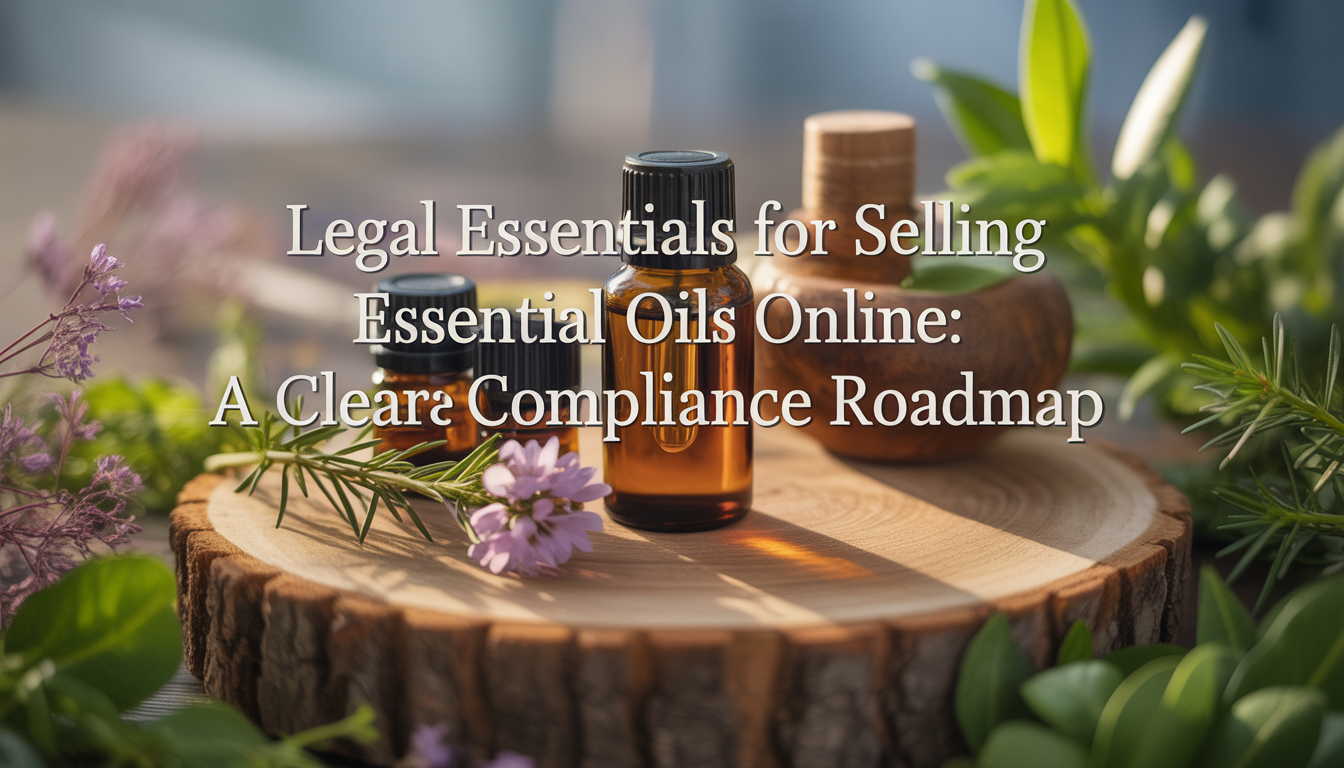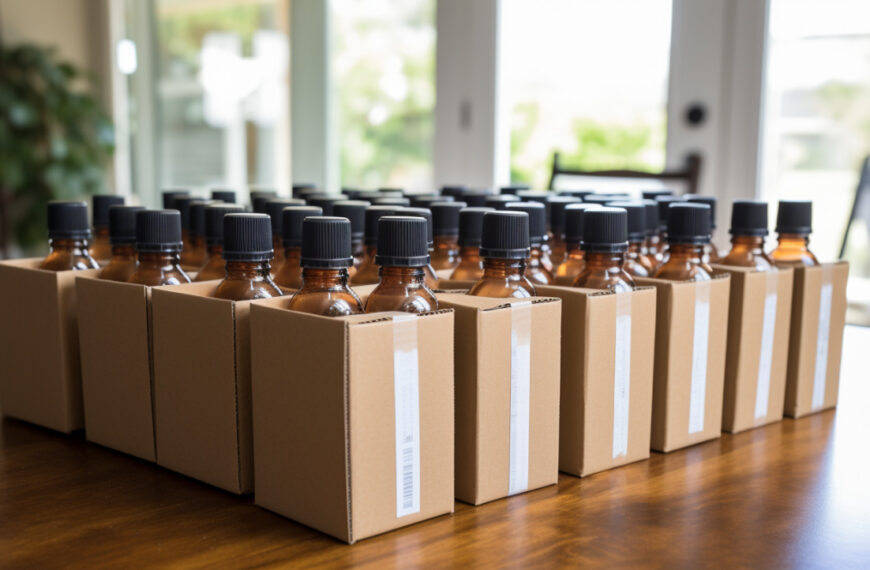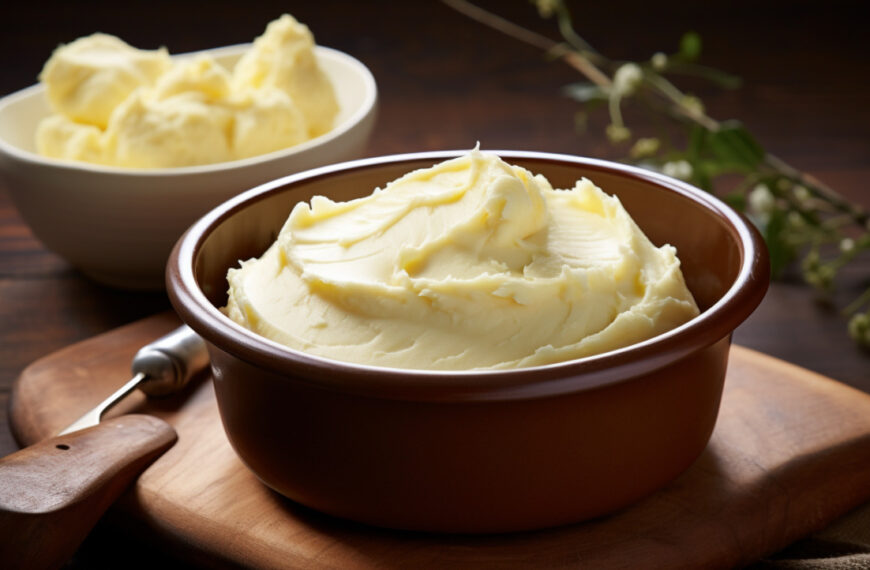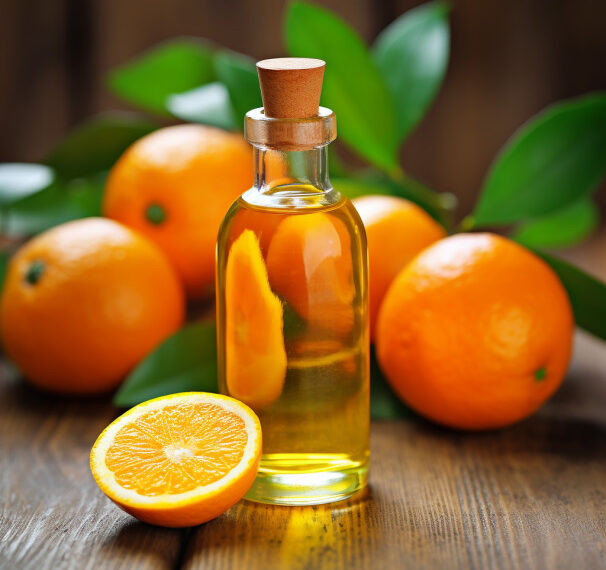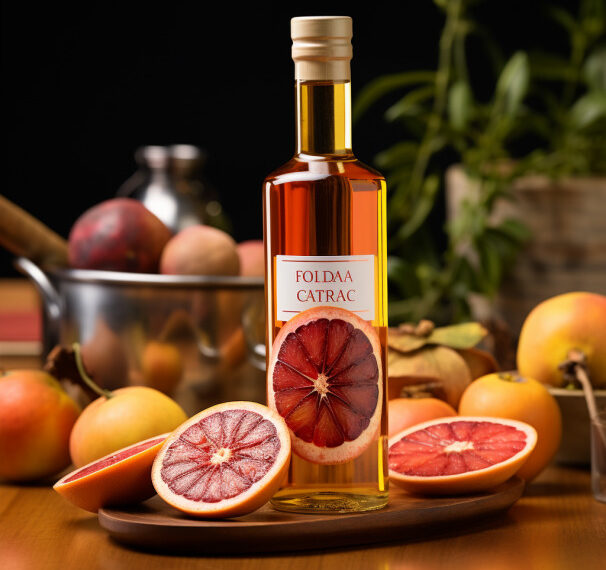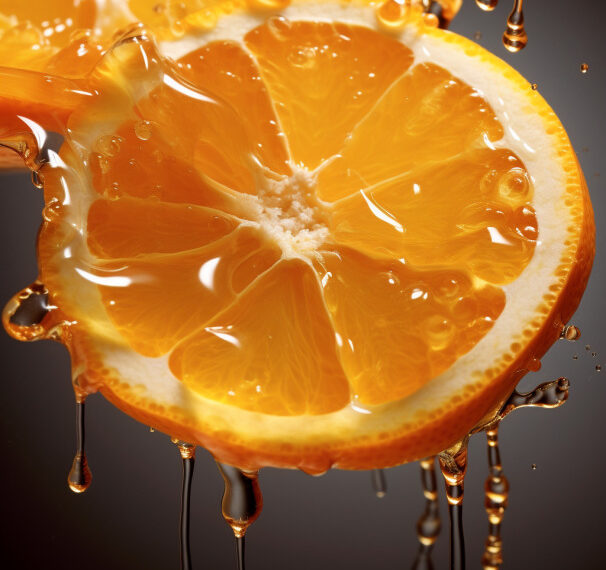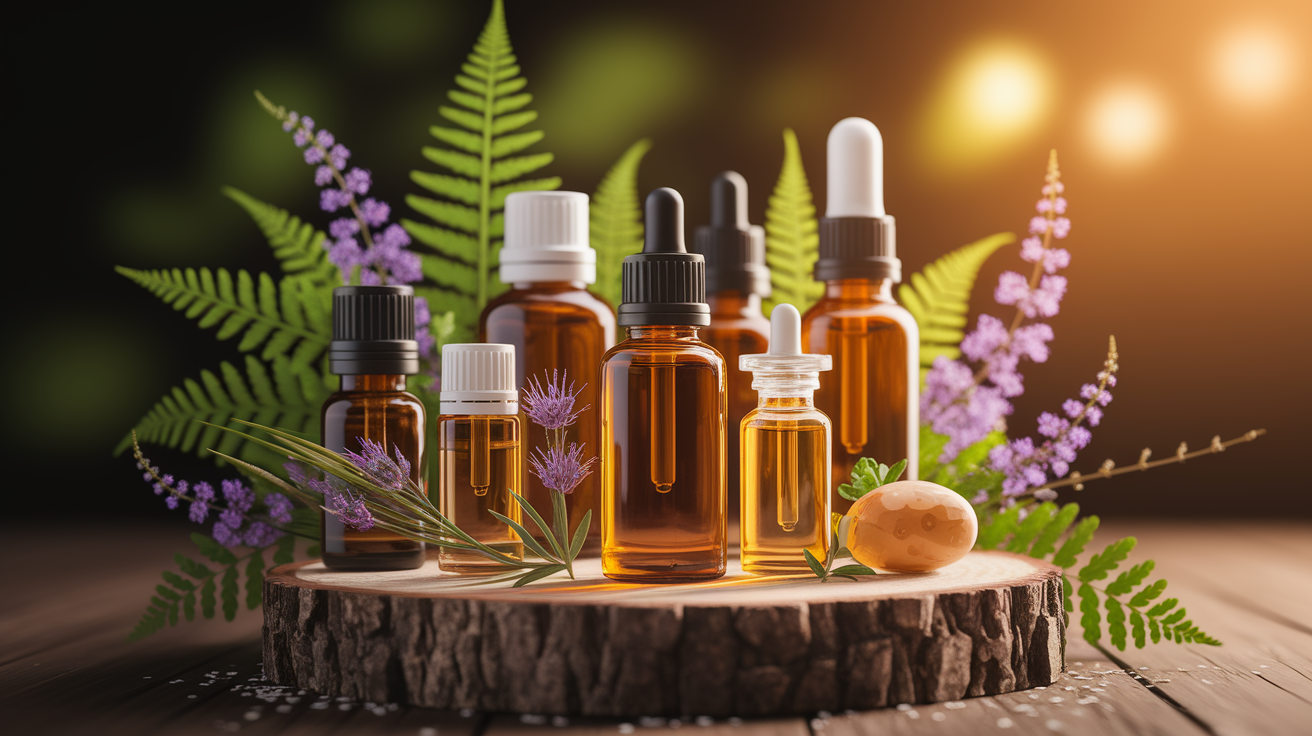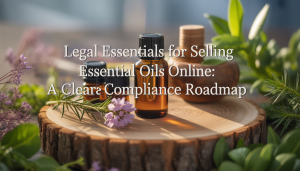Fragrant Beginnings: Why Protecting Your Natural Perfume IP Matters
There’s something almost magical about blending natural perfume—one drop of a rich botanical extract, another of citrus brightness, a whisper of deep resinous warmth—and suddenly you’ve got a scent unlike anything else. But that magic can be vulnerable. In the perfume industry’s legal reality, the aroma itself can slip through the cracks of traditional intellectual property protections. You can pour your heart into creating a unique fragrance formulation, only to find someone else bottling a dupe that feels eerily close. That’s why safeguarding your creation isn’t just a legal box to tick—it’s about preserving the essence of your brand identity and the artistry behind it.

Beyond Copyright: Why Perfumes Need Specialized IP Strategies
Here’s the surprising part—no matter how original your scent composition is, it’s not automatically protected by copyright. Perfumes are considered ephemeral; they don’t meet the “fixed in a tangible medium” requirement. Even cases like Sodete Bellure v. L’Oréal acknowledged the artistry but refused protection under copyright law. Courts around the world have echoed this reasoning, leaving perfume makers without a copyright safety net. This is why natural fragrance intellectual property protection often leans on other tools—trademark registration, trade secrets, and sometimes patents—to keep competitors from copying your work.

Harnessing Trade Secrets to Guard Your Signature Scent
If there’s a crown jewel in perfume formula protection, it’s trade secrets. By keeping your fragrance formulation confidential, you can protect it indefinitely—as long as you maintain that secrecy. This approach is common because a patent application would require you to expose your formula to the world. Once that happens, anyone can technically recreate it after the patent expires. A tight lid on your recipe, careful control over who accesses it, and confidentiality agreements with your suppliers can go a long way toward preventing fragrance formula theft.

Of course, trade secret protection isn’t bulletproof. If someone reverse engineers your natural perfume or legitimately develops a similar blend, you have no legal recourse. That’s why the perfume industry treats trade secrets almost like family heirlooms—you guard them fiercely because once they’re gone, they’re gone forever.
Building Brand Armor with Trademarks and Trade Dress
Since scents themselves are slippery to protect, many creators fortify their brand identity through trademarks and trade dress. Your perfume’s name, logo, or even a distinct bottle shape can be locked down with trademark protection. This not only helps you stand out but also gives you legal power to stop others from releasing confusingly similar products. Trade dress takes it further by guarding the overall look and feel of your brand—colors, packaging style, and presentation that scream “you” the moment someone sees them on a shelf.

In a world where fragrance counterfeiting is rampant, brand armor can be your first line of defense. It’s the visible side of your perfume brand protection strategies, deterring copycats and reinforcing your natural perfume’s authenticity in the market.
Crafting a Holistic IP Protection Blueprint
Relying on just one type of protection is like locking your front door but leaving the windows wide open. A well-rounded intellectual property plan blends several strategies. Start with trade secrets for your fragrance formulation, build outward with trademarks for your name and logo, and consider trade dress for your packaging. In rare cases—if your blend meets novelty and nonobviousness standards—you might explore a patent application, though you’ll have to weigh the risk of disclosure.

- Confidentiality contracts with staff and suppliers
- Trademark registration for all brand and product names
- Distinctive bottle and packaging design for trade dress protection
- Ongoing brand enforcement to catch and stop counterfeiters
This mix shields both your tangible brand assets and the invisible magic inside the bottle.
Sealing the Scent: Your Next Steps to IP Resilience
Once you’ve bottled that scent and poured your personality into its brand, the challenge is making sure it remains yours—legally and commercially. This means staying informed about changes in fragrance industry regulations, renewing trademarks before they lapse, and monitoring the market for potential infringements. Think of it as tending a garden: your natural perfume needs regular care not just in crafting the blend, but in nurturing its legal roots.
With the right strategies in place—trade secrets locked away, trademarks shining bright, and packaging that tells your story—you give your perfume brand the resilience to survive imitators, legal hurdles, and changing market trends. That’s how you ensure that every time someone lifts your bottle and inhales, they’re experiencing something unmistakably, irreplaceably yours.


